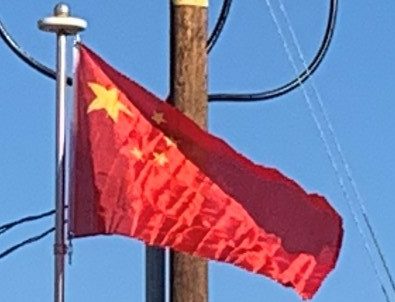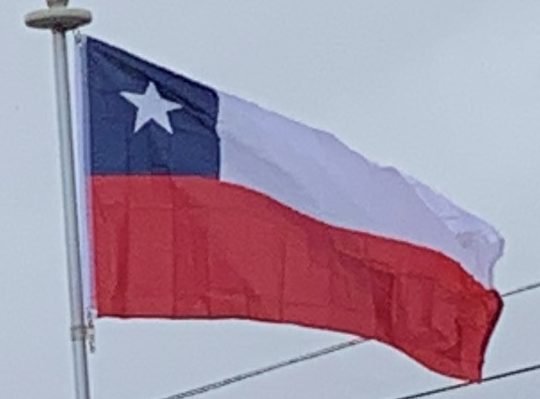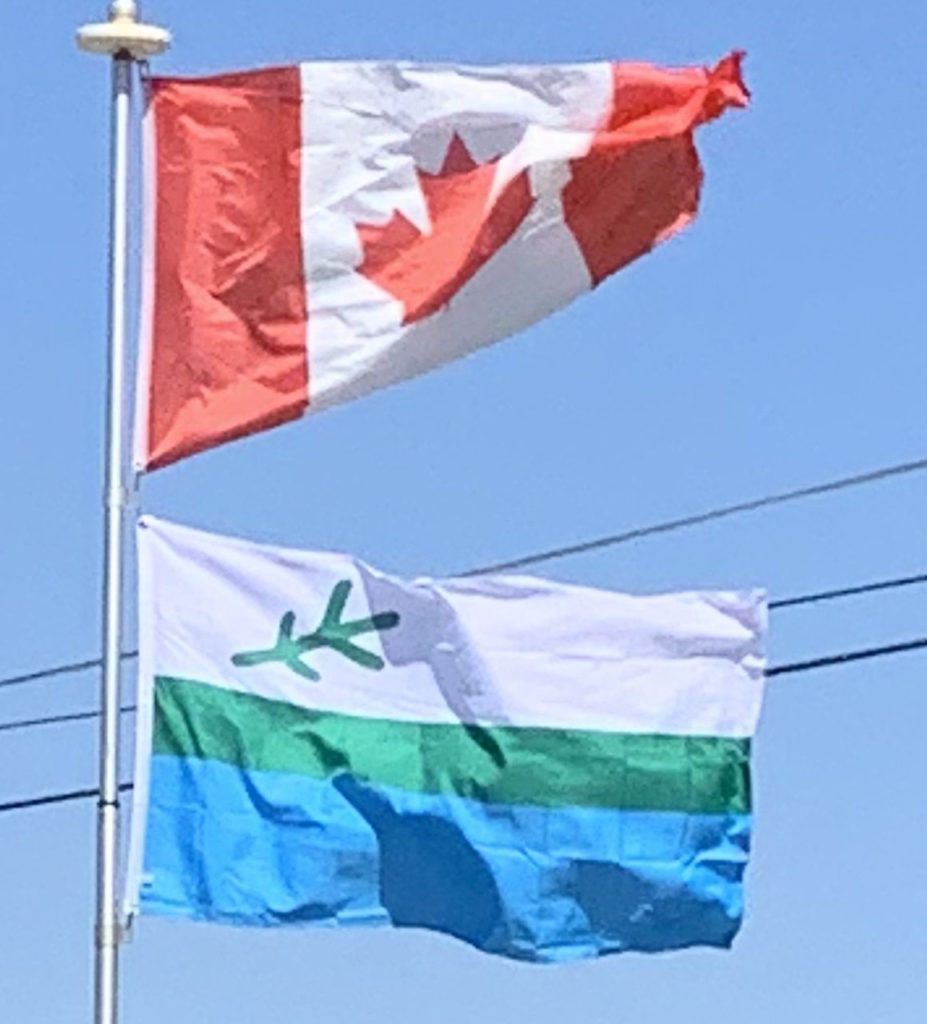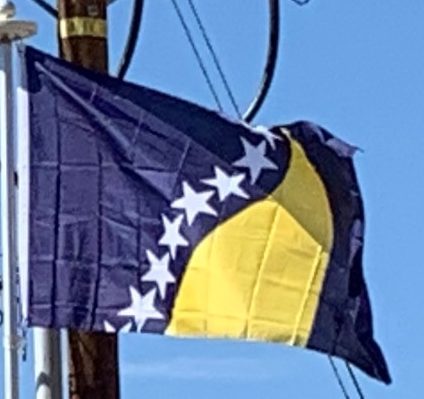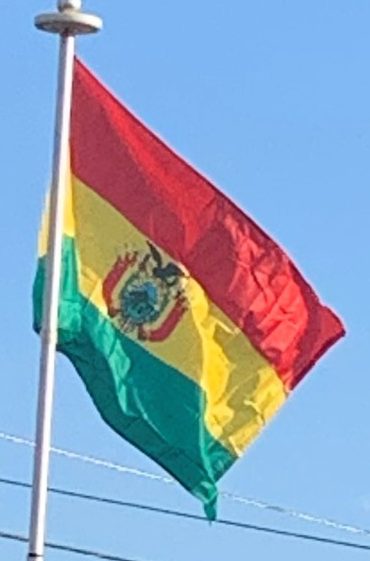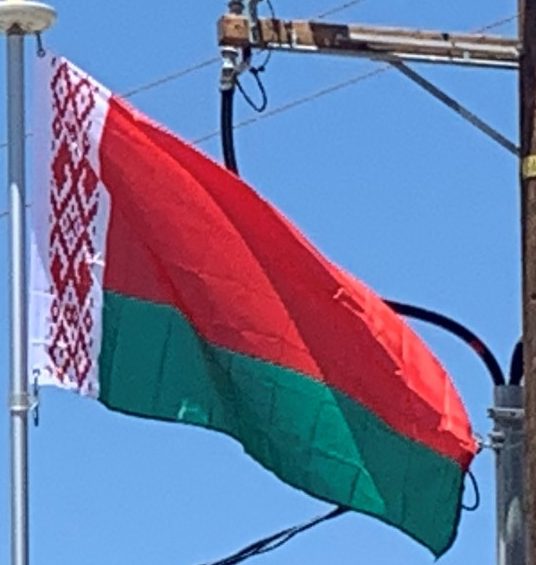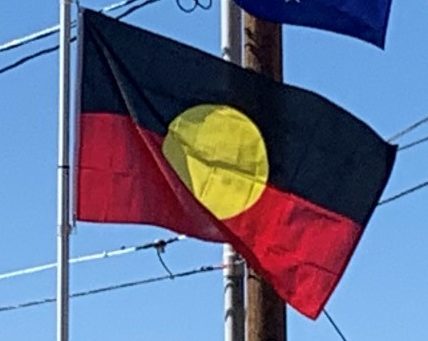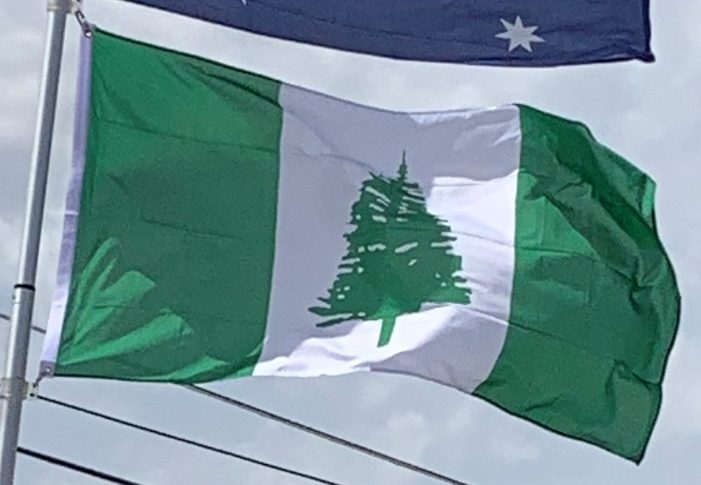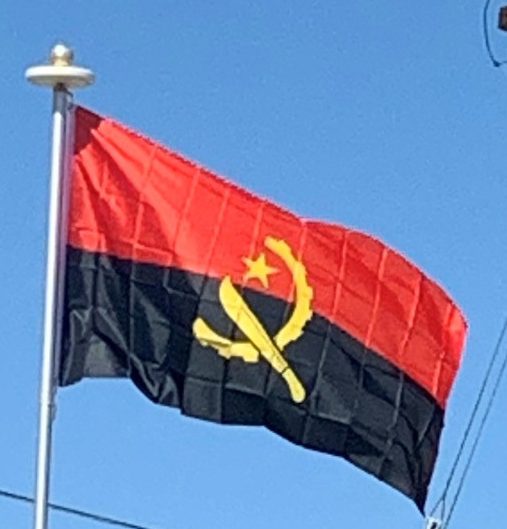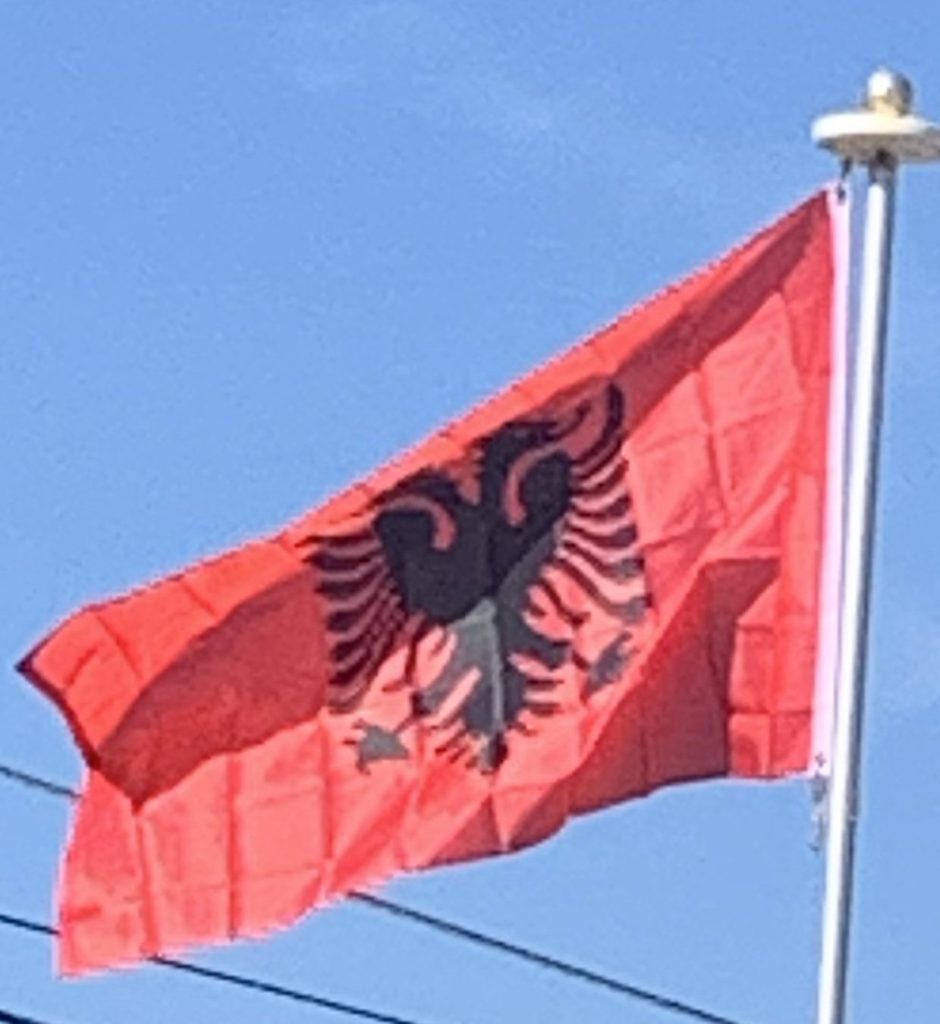The national flag of Belarus is a red and green flag with a white and red ornament pattern placed at the staff (hoist) end. The current design was introduced in 2012 by the State Committee for Standardization of the Republic of Belarus, and is adapted from a design approved in a referendum in May 1995. It is a modification of the 1951 flag used while the country was a republic of the Soviet Union. Changes made to the Soviet-era flag were the removal of symbols of communism (the hammer and sickle and the red star) and the reversal of the colors of the ornament pattern, from white-on-red to red-on-white. Since the 1995 referendum, several flags used by Belarusian government officials and agencies have been modeled on this national flag.
This design replaced the historical white-red-white flag used by the Belarusian Democratic Republic in 1918, before Belarus became a Soviet Republic, and again after it regained its independence in 1991. Opposition groups have continued to use this flag, though its display in Belarus has been restricted by the government of Belarus, which claims it was linked with Nazi collaboration during the Second World War. The white-red-white flag is used in protests against the government and by the Belarusian diaspora.
Decorative Pattern:
A decorative pattern, designed in 1917 by Matrona Markevich, is displayed on the hoist of the flag. The pattern, derived from local plants and flowers, is a traditional type commonly used in Belarus. These patterns are sometimes used in woven garments, most importantly in the traditional ruchnik, a woven cloth used for ceremonial events like religious services, funerals, and other more mundane social functions, such as a host offering guests bread and salt served on a rushnyk.
